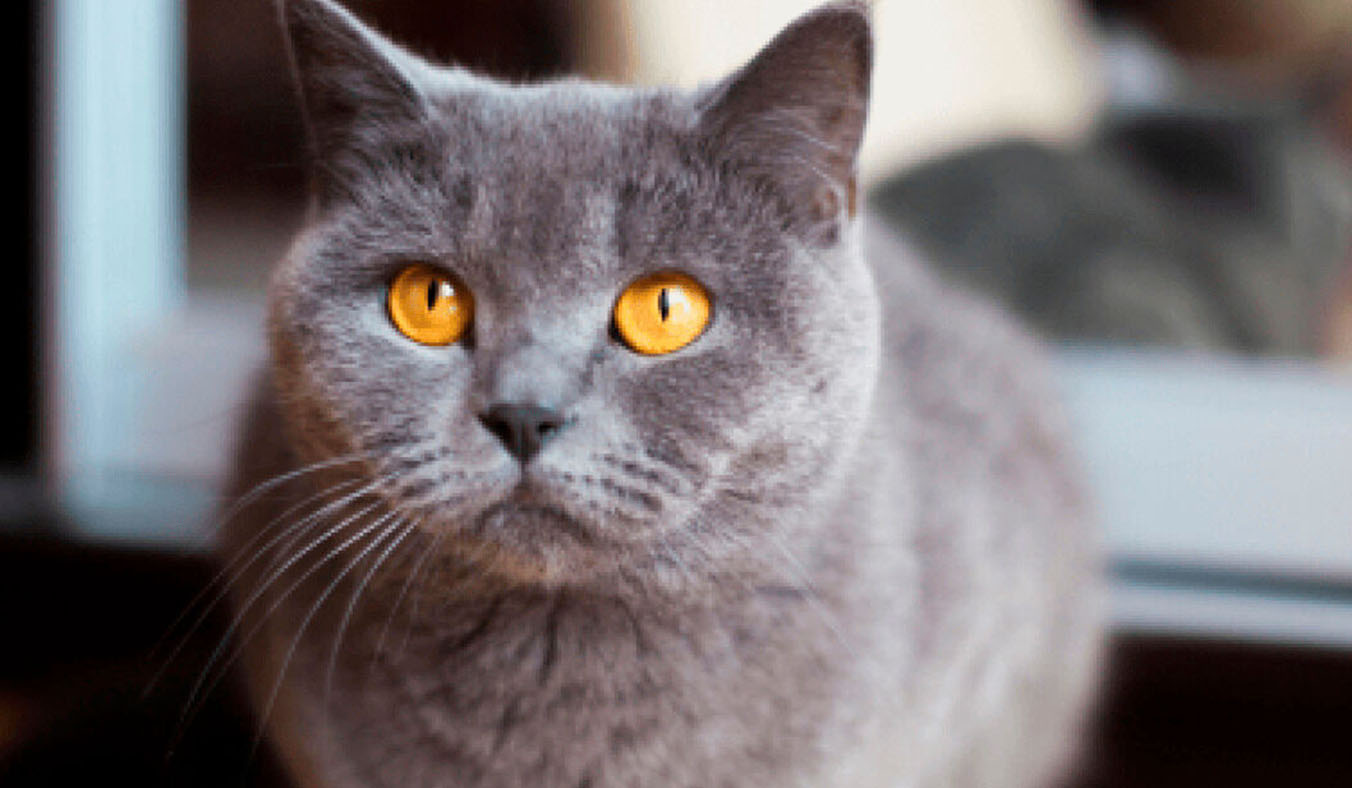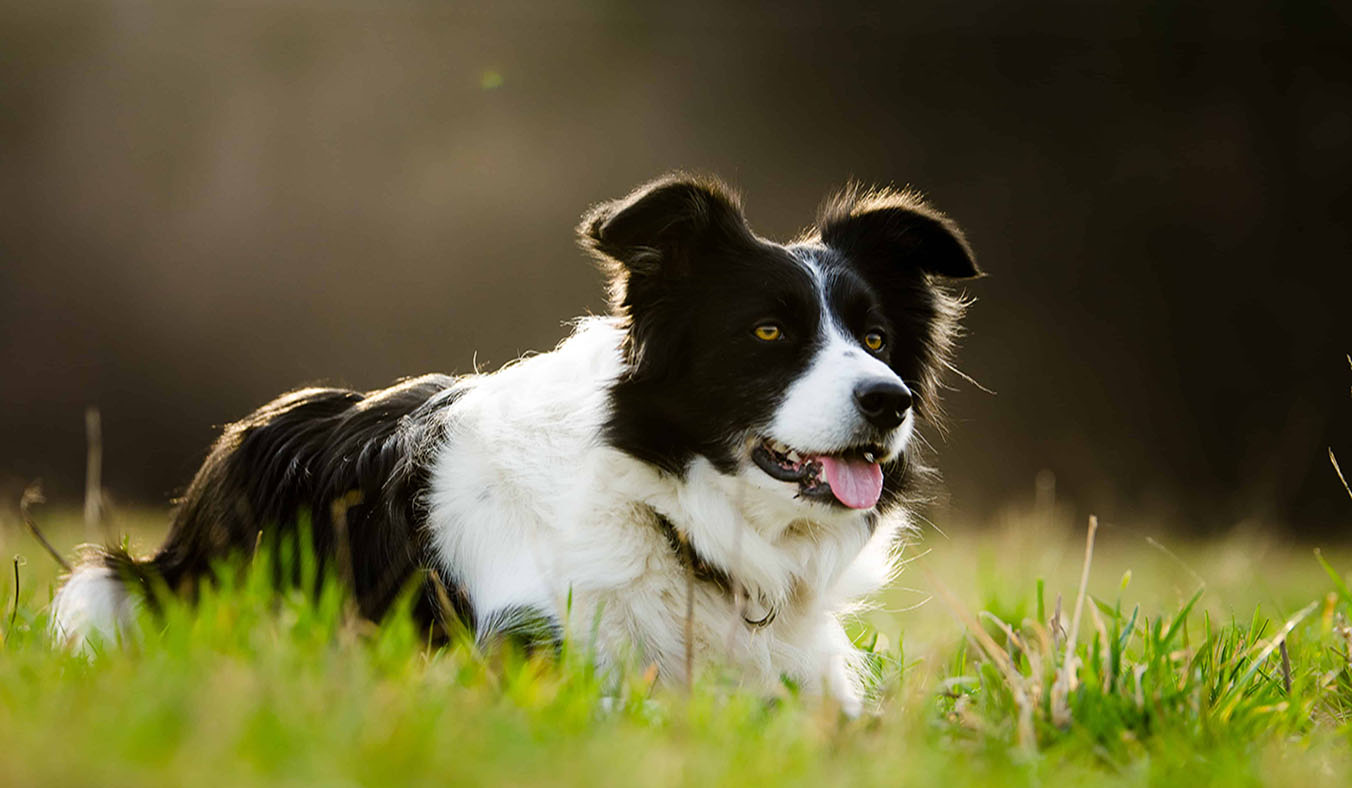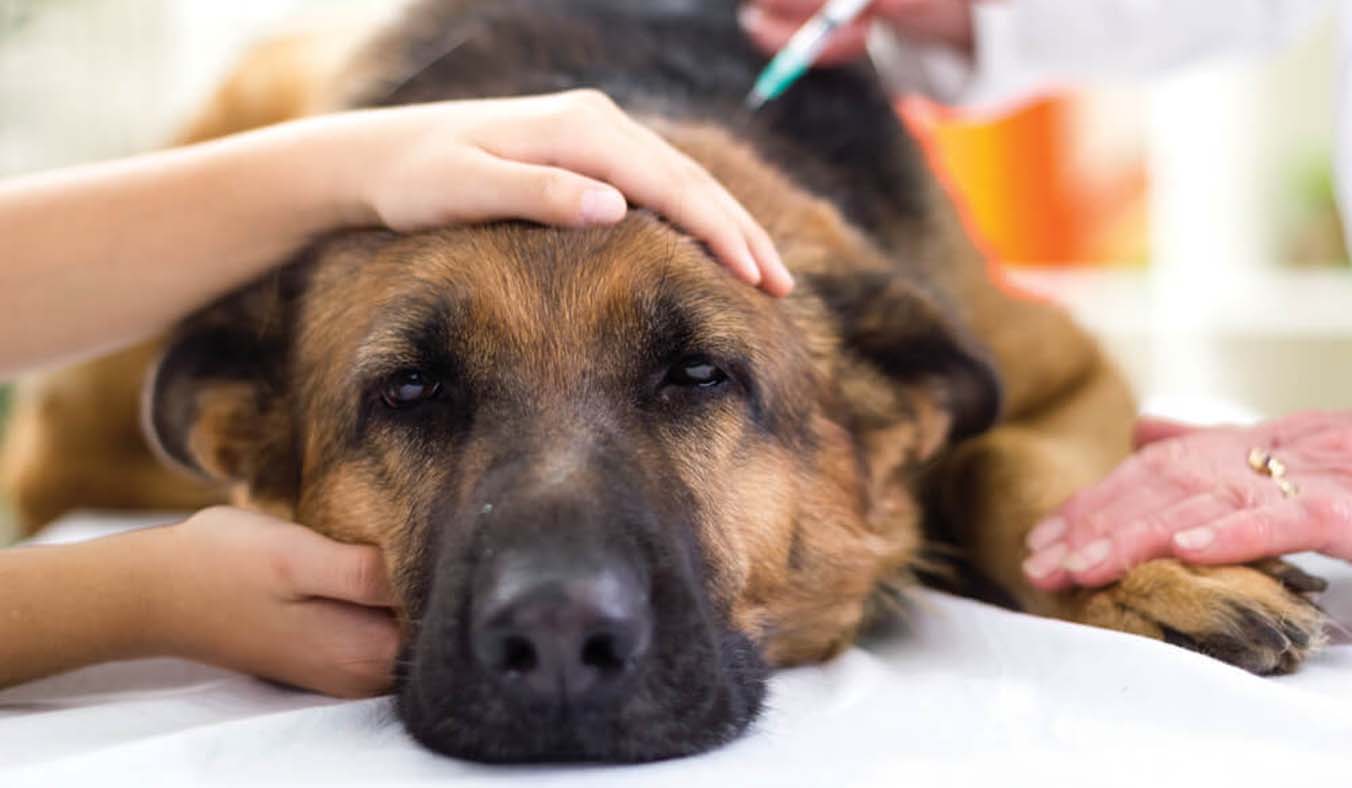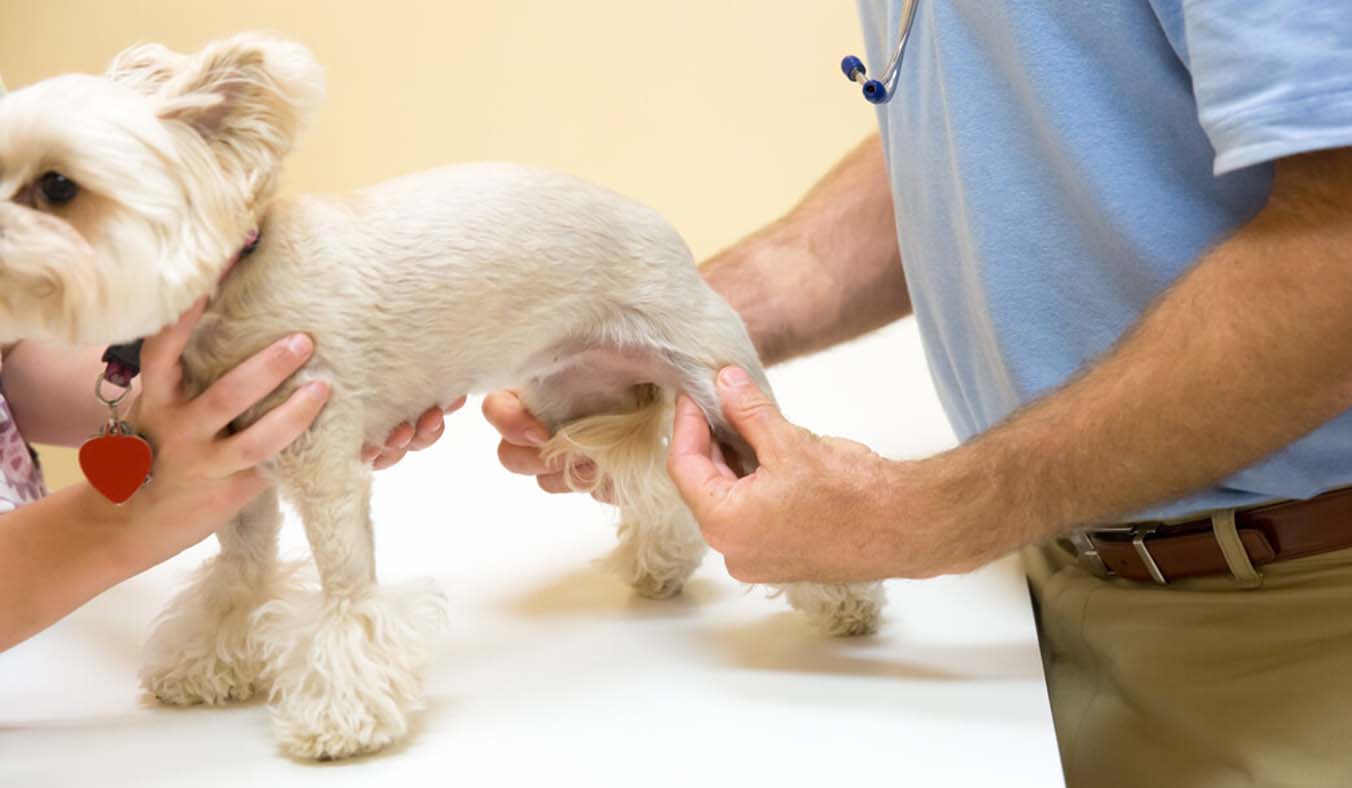A cat’s life always moves faster than a human’s. Just when we’re still mesmerized by their graceful leaps and playful dashes, joint degeneration quietly arrives. Nina, my eleven-year-old British Shorthair, has always been gentle and reserved, seemingly floating through the world with elegant detachment. But over the past year, I noticed she could no longer leap onto the windowsill. During winter, she burrowed into blankets longer and groaned softly when rising.
I began to realize that feline joint issues often come silently—but behind each small change may lie an act of quiet endurance. I want to share with you the “joint care journey” I’ve walked with Nina—from early observation to dietary tweaks, essential products, and home environment adjustments. What we’ve discovered along the way may help your own cat live a more comfortable life.
1. The Invisible Enemy: From Subtle Changes to Unignorable Signs
Unlike dogs, cats are experts at hiding pain. Even when they suffer from degenerative joint disease or arthritis, they rarely cry out or limp. Instead, you might notice:
- Decreased jumping—no longer making it to windowsills or tables
- Preference for low places, reduced vertical movement
- Slower to get up, spending long periods curled in one spot
- Reduced self-grooming, especially around the back half
- Increased sensitivity, resisting touch on the lower back or hind legs
I first noticed Nina’s discomfort when she stopped jumping onto the kitchen stool to join me for breakfast. I initially thought it was a mood issue—until I saw her try to jump, hesitate, and finally lie quietly under the chair. That moment broke my heart.
2. A Visit to the Vet: Don’t Underestimate the Power of an X-Ray
At the vet, Nina underwent a full physical exam and a joint mobility assessment. We eventually decided on an X-ray, which revealed early signs of bone spur formation in her hips and knees—classic age-related degenerative joint disease.
The vet explained that over 60% of cats aged 12 and older suffer from arthritis, yet the vast majority go undiagnosed and untreated. He recommended we start with “lifestyle management” instead of jumping straight into medication.
3. Step One: Adapting Your Home to Create a “Pain-Free Zone”
1. Create “Soft Landing” Paths
I lowered Nina’s favorite windowsill using a two-step padded ramp. I also placed soft steps beside the bed so she could climb up and down more easily.
2. Make the Floor Non-Slip
My sleek wooden floors, though easy to clean, turned out to be unfriendly to aging feline joints—especially in winter. I laid down several non-slip mats and wool rugs in her regular pathways. The difference was immediate—Nina walked more confidently and steadily.
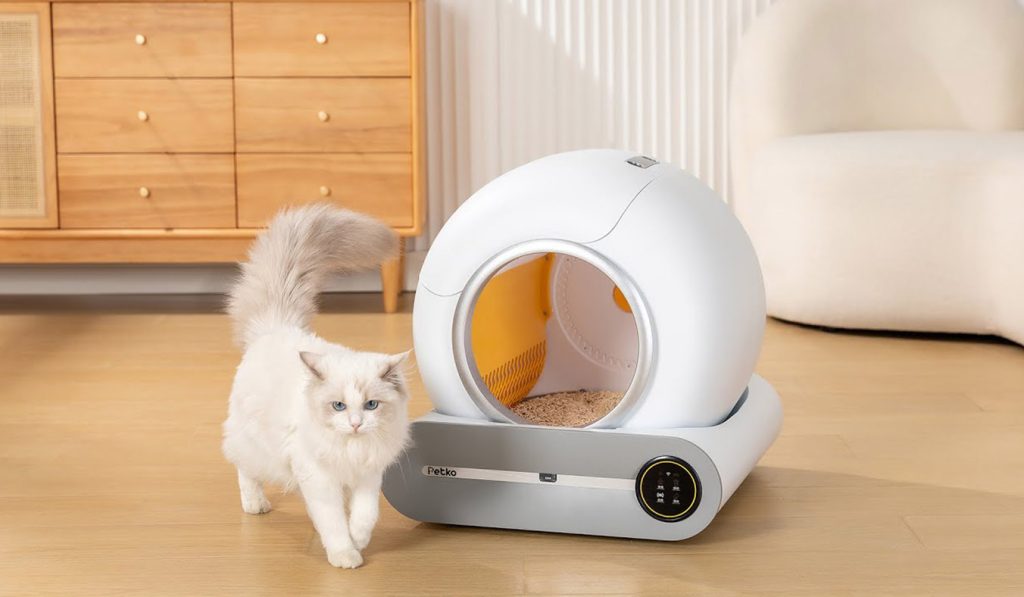
3. Bring the Essentials Closer
I swapped her high-edged litter box for a low-entry senior-friendly model and placed her food and water bowls on an angled stand to reduce neck and spine strain. With these adjustments, she began eating and using the litter box on her own more willingly.
4. Nutritional Support: The Science of Joint-Friendly Additives
Diet plays a crucial role in maintaining joint health. Alongside her regular food, I introduced scientifically validated supplements to Nina’s routine.
1. Senior Cat Food with Joint Support Ingredients
I specifically looked for cat food that includes:
- Glucosamine and Chondroitin: To help repair cartilage and slow deterioration
- Omega-3 Fatty Acids (EPA/DHA): To reduce inflammation and pain
- MSM (Methylsulfonylmethane): To ease joint stiffness
- Soft, digestible kibble: Suitable for senior cats
Eventually, I switched to Hill’s Joint Care formula, supplemented with wet food. Nina began eating a bit more enthusiastically.
2. Supplements in Liquid, Powder, or Treat Form
After some trial and error, the most consistently accepted options included:
- YuMOVE Cat Liquid: A UK vet-recommended supplement with great palatability
- Lintbells Joint Powder: Easy to mix into wet food for fast absorption
- VetIQ Joint Health Chews: Used occasionally as treats to maintain interest
The key here is consistency—you need at least three months of regular use to see noticeable improvement.
5. Gentle Movement: Not Bed Rest, But Purposeful Activity
Many believe that older cats with joint issues should rest as much as possible. But gentle, low-impact exercise actually helps maintain muscle mass and support joint function.
My daily practices include:
- Light play with a feather wand to encourage stretching
- Low-level scratching posts and small climbing structures to promote mild activity
- A nightly “bonding massage” session, gently rubbing her hind legs, shoulders, and spine
Moderate movement alleviates morning stiffness and boosts both mood and confidence.
6. Extra Help When Needed: Medications and Physical Therapies
On particularly tough days or during cold weather, I consider the following additional therapies:
1. NSAIDs (Non-Steroidal Anti-Inflammatory Drugs)
Under veterinary supervision, short-term use of medications like meloxicam can help relieve intense pain. These must not be used long-term and require regular liver and kidney function tests.
2. Physical Therapy & Laser Treatment
I’ve scheduled a few home visits from a certified pet physical therapist. Red light therapy and gentle passive stretching visibly improved Nina’s stiffness. She even began anticipating the sessions!
3. Joint Lubrication Injections (e.g., Pentosan)
For more advanced cases, this injection can reduce joint friction and improve mobility. Though costly, it’s proven effective when prescribed appropriately by a vet.
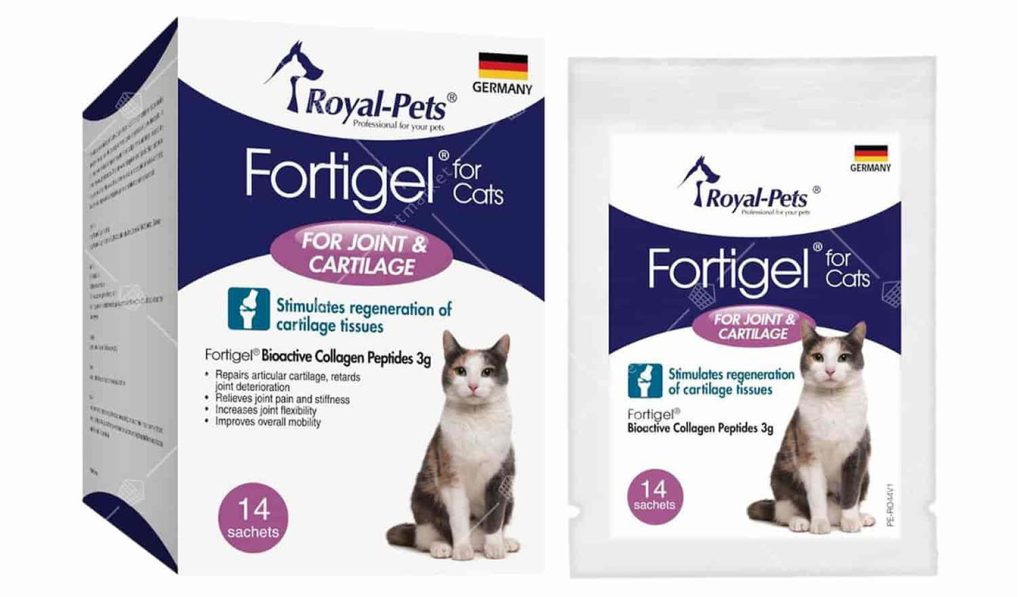
7. Emotional Support: The Most Powerful Medicine for Senior Cats
Joint disease doesn’t just bring physical pain—it can also affect a cat’s mood. A previously playful cat might become withdrawn, anxious, or less affectionate. Often, it’s not a personality change—it’s the pain talking.
I’ve learned to slow down. I offer Nina more eye contact, soft words, and gentle touch. Sometimes, simply sitting beside her brings comfort.
Every time she curls up on my lap again, it feels like she’s saying, “Thank you—I know you’re here.”
8. Helping a Cat Age Gracefully Is the Deepest Form of Love
Feline aging happens quietly, especially when it comes to joints. The signs often surface subtly—but we can do so much to help:
- Make small but meaningful adjustments to the home
- Choose scientifically sound nutrition and supplements
- Encourage gentle movement and regular monitoring
- Provide timely medical and therapeutic interventions
- Offer emotional presence and unconditional respect
Nina may no longer leap like she used to, but she still climbs into my lap for a nap and stretches in the sun. In each step she takes—though slower and heavier—there are traces of time, and also, the care we’ve poured into every moment.If your cat is entering her “golden years,” give her a softer, warmer, freer aging experience. Caring for her joints is, ultimately, caring for her dignity.
